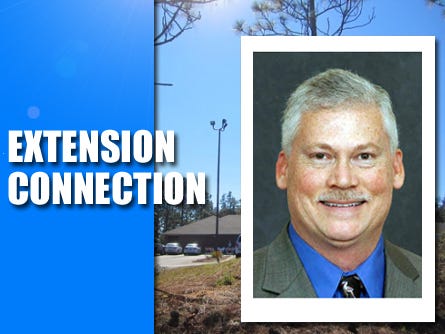
Though you could easily force your lawn to turn green prematurely with many high-nitrogen fertilizers, it's a false sense of accomplishment.
That new green growth depends on the availability of other elements, some of which are scant under cool soil temperatures. Iron, for example, is not readily available while soil is still cool.
Your lawn begins to turn bright yellow after being fertilized too early. In other words, you've induced or caused a nutrient deficiency with this sudden decision. The soil then is too cool to allow roots to take in the needed iron to support the growth that you've caused.
Other needed nutrients, such as potassium, are not readily available under cool soil temperatures. As a result, some of these fertilizer elements leach below the root area before grass roots are in a position to use them.
You waste fertilizer and money when you hasten the natural course. Waiting to fertilize during soil temperatures that are more favorable allows for efficient use of the fertilizer and less waste.
For our lawn grasses to efficiently use fertilizer, consistently warmer nights are required. So why not wait until mid-April to fertilize? You'll waste less fertilizer, save money and have a healthier lawn in the process.
It's a win, win, win situation.
Larry Williams is an agent at the Okaloosa County Extension office in Crestview.
This article originally appeared on Crestview News Bulletin: EXTENSION CONNECTION: Wait to fertilize your lawn
